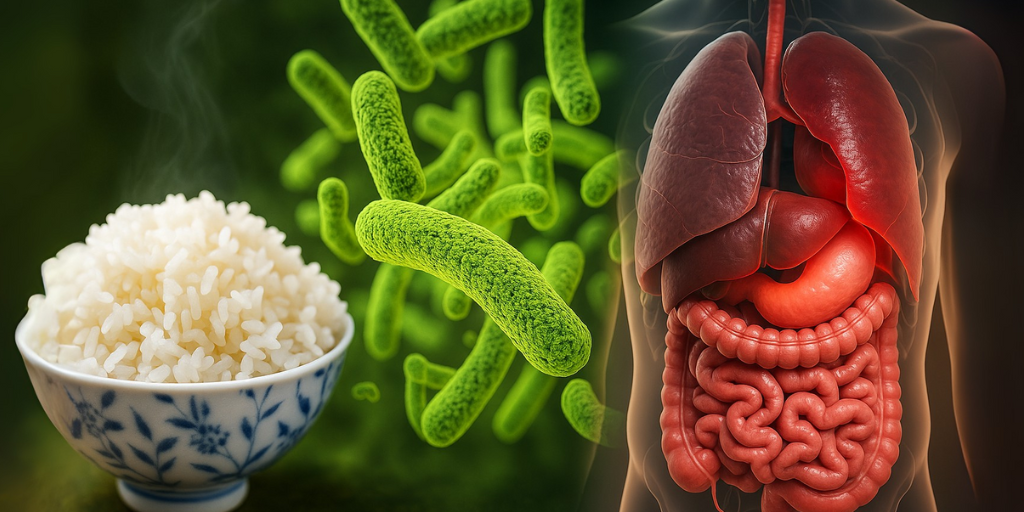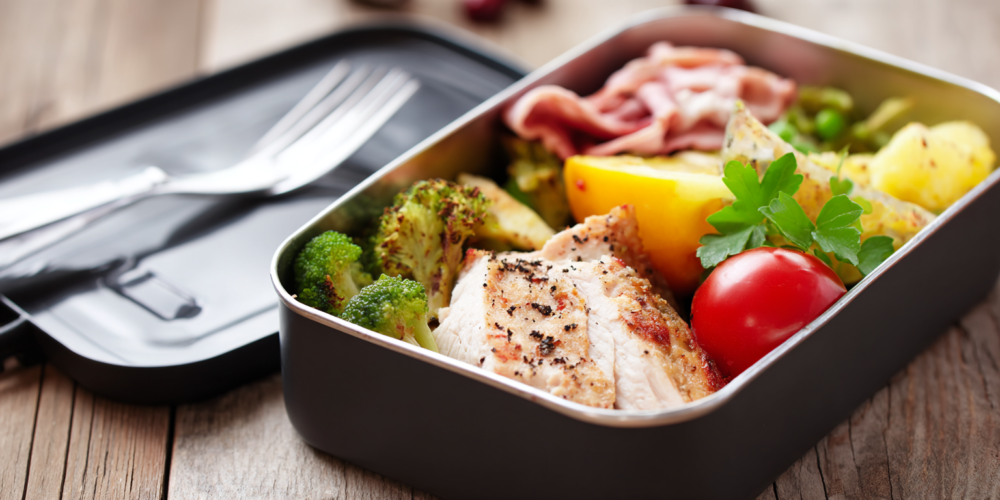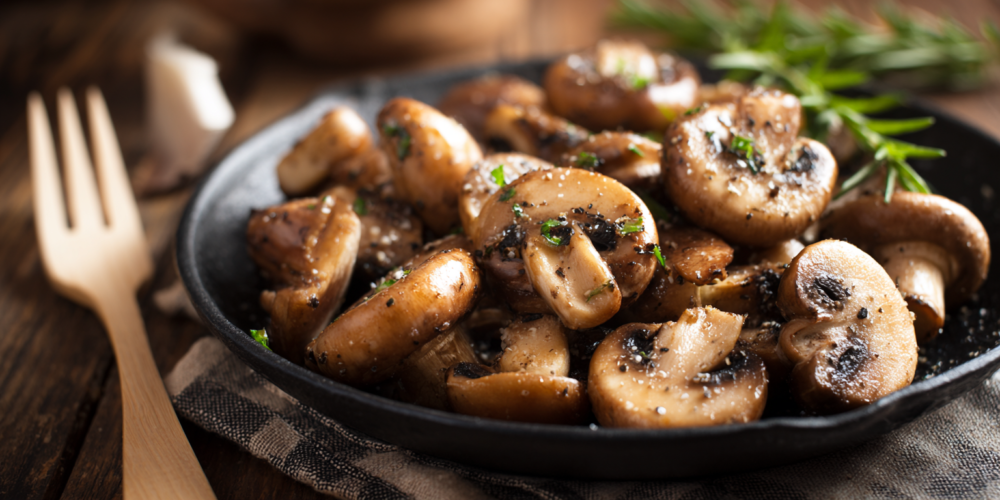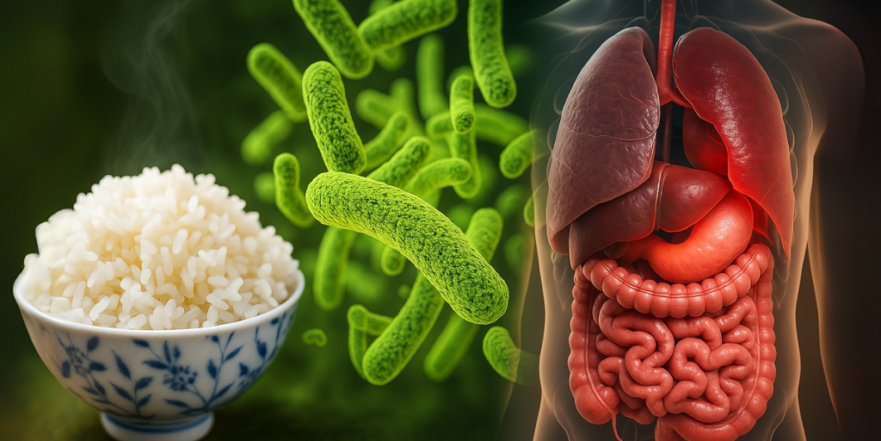
We all love leftovers. It’s easy, saves time, and feels like a smart way to manage food. But what if some of those seemingly innocent reheated meals are actually doing more harm than good? It turns out, some common foods can change their chemistry when heated a second time, creating compounds that are not good for your body.
⚠️The Hidden Truth About Your Leftovers

It’s a common scene: you cook a big meal, enjoy it, and then pack up the rest for tomorrow’s lunch or dinner. It makes sense, right? You’re saving money, reducing waste, and getting another easy meal. But here’s a little secret the food industry doesn’t always talk about: not all foods are created equal when it comes to reheating. Some of your favorite dishes can actually become a problem, even creating things that are bad for your health. It’s not about being scared of your kitchen, but about being smart. Knowing what happens to certain foods when they get a second round of heat can help you make better choices for your well-being. Let’s look at some everyday foods that might be hiding a surprise. (Based on the research of Dr. Iñigo Martín)
➡️5. Spinach: The Green Leafy Surprise

Spinach is a powerhouse. It’s packed with good stuff like iron, vitamins A and K, and things that help protect your cells. It’s a go-to for many healthy eaters. But there’s a catch when it comes to reheating it.
What Happens When You Reheat Spinach?
- Nitrates turn into nitrites, then nitrosamines (linked to cancer).
Spinach naturally has nitrates. On their own, nitrates are fine. But when you heat spinach again, especially in a microwave, these nitrates can change into nitrites. And here’s where the real issue comes in: nitrites can then become nitrosamines. Scientists have connected these nitrosamines to problems like stomach cancer. Plus, every time you reheat spinach, you might be adding to something called chronic inflammation in your body. This is like a quiet enemy that can make you feel older and less energetic.
How to Enjoy Spinach Safely
So, how can you keep enjoying spinach without the worry? It’s pretty simple.
- Eat leftovers cold: If you have cooked spinach left over, try eating it cold in salads or sandwiches. It keeps its good qualities that way.
- Reheat carefully, if you must: If you really need to warm it up, do it only once and use very low heat. Avoid the microwave for reheating spinach. Gentle heat helps keep those chemical changes to a minimum.
- Cook just enough: The best way to go is to cook only the amount of spinach you plan to eat right away. If you do have extra, put it in the fridge right away and eat it within a day. This way, you get all the good stuff without the bad.
➡️4. Mushrooms: A Delicate Delight

Mushrooms are pretty amazing. They have special things that help your body, like antioxidants and B vitamins that are good for your nerves. They even have beta-glucans, which can help your body’s defenses. But most people don’t know that mushrooms are super sensitive when you try to reheat them.
Why Reheating Mushrooms is Tricky
- You can often tell if a reheated mushroom is not good. It might feel rubbery or watery. The color can change to a grayish shade. And that nice, earthy taste? It might be gone, leaving a metallic or dull flavor.
Safe Ways to Handle Cooked Mushrooms
The safest way to enjoy mushrooms is to eat them all in one go. Cook only what you’ll finish. But if you do have leftovers, here’s what to do:
- Store quickly and eat cold: Put them in a sealed container in the fridge for no more than 24 hours. Then, you can enjoy them cold! Sliced cold mushrooms are great in salads. You can mix them with a little olive oil, lemon, and fresh herbs for a simple mushroom salad. This way, you keep all their good qualities without causing that oxidation problem.
- Reheat with care: If you absolutely must warm them up, be very gentle. Use a pan on very low heat. Add a little broth or water to create some gentle steam. Warm them just until they’re warm, not hot, and eat them right away. Every extra minute of heat can make the oxidation worse.
🔥Vegetable Oils: Beyond the Smoke Point

Before we talk about the next food, let’s discuss something you use every day: cooking oils. Olive oil, coconut oil, avocado oil – we think of them as healthy. And they are! They have good fats, vitamin E, and things that help with inflammation. But there’s one thing that changes everything, and it’s called the smoke point.
The Danger Zone: Understanding Smoke Point
- Think about a common situation: you put extra virgin olive oil in a pan, turn up the heat to brown some onions, and the oil starts to smoke. You might think it’s normal, but in that smoke, aldehydes are forming, the oil’s vitamins are getting destroyed, and the good things that fight oxidation are turning into things that cause it. And the worst part? These harmful compounds don’t just disappear. They stick to your food, you eat them, and they get into your body. Your liver works hard to deal with them, and your body’s defense system gets busy trying to stop the problem. It’s a battle you fight every time you cook with smoking oil.
Cooking Smart with Oils
So, how do you cook safely?
- Match oil to heat: Use oils based on what you’re cooking. For high-heat cooking, pick oils with high smoke points, like avocado oil or refined coconut oil. They can handle the heat without breaking down.
- Medium heat oils: For medium temperatures or gentle stir-fries, regular olive oil works well. Its smoke point of about 410°F (210°C) is good for most everyday cooking, but watch for smoke. If you see smoke, turn down the heat.
- Use delicate oils cold: Save the most delicate oils for using cold. Extra virgin olive oil, with all its good parts still there, is perfect for salads. Flaxseed oil, which has good omega-3s, should never be heated. You can use it as a supplement, a spoonful in your smoothie or over cooked vegetables. Nut oils like walnut or hazelnut oil are good for you, but their low smoke points mean they’re not for cooking. Use them to add flavor to dishes after they’re cooked, like a teaspoon over steamed vegetables.
- Don’t reuse frying oil: A common mistake is reusing oil from frying. Each time you heat oil, it breaks down more. Harmful compounds build up. If you fry, use fresh oil every time.
- Reheating food with oil: What about leftovers that have oil in them? Reheating them is especially risky. The oil, already changed, breaks down even more. If you have oily leftovers, warm them very gently, ideally by steaming or in an oven at a very low temperature.
- Signs of bad oil: You can tell if an oil is damaged. The color gets darker, it smells bad, and it might feel thicker. If your oil shows these signs, it’s best to throw it out. It’s not worth the risk. Bad oil can cause a lot of inflammation in your body.
➡️3. Potatoes: A Starchy Risk

This idea of critical temperature doesn’t just apply to oils. The next food is one of the most loved and useful foods in our kitchens: the potato. It’s comforting, cheap, and used in so many recipes – mashed, baked, boiled.
First, here’s something useful to know. When you cook potatoes and then cool them, their starch changes. It becomes “resistant starch,” a type of fiber that feeds the good bacteria in your gut. In small amounts, this is good. But here’s where a problem can start.
The Botulism Threat in Potatoes
- When your gut gets inflamed, it sends warning signals to your brain. This can cause problems in your body. All of this can be completely avoided.
Keeping Your Potatoes Safe
The rules are simple, but very important:
- Cool quickly: Cool cooked potatoes fast. Don’t leave them out for more than 2 hours at room temperature. You can use an ice bath to help them cool down faster.
- Store correctly: Use sealed containers made of glass or food-safe plastic.
- Reheat thoroughly: If you need to reheat them, make sure they get very hot all the way through. The botulinum toxin is destroyed at 185°F (85°C) if held for 5 minutes. But remember, this only works if not too much toxin has built up. If potatoes have been stored badly for days, no amount of reheating will make them safe.
- Add acid: A trick is to add a little vinegar or lemon juice to potatoes before storing them. The acid helps stop bacteria from growing. It’s not a perfect solution, but it adds an extra layer of protection and can add a nice flavor.
- When in doubt, throw it out: If you think potatoes might be bad, don’t risk it. Signs of danger include a strange smell, slimy texture, green spots, or any sign of mold. But remember, the botulinum toxin can be there without any visible signs. The best plan is to cook fresh potatoes for each meal. If you have leftovers, cool them in less than an hour, store them properly, and eat them the next day.

